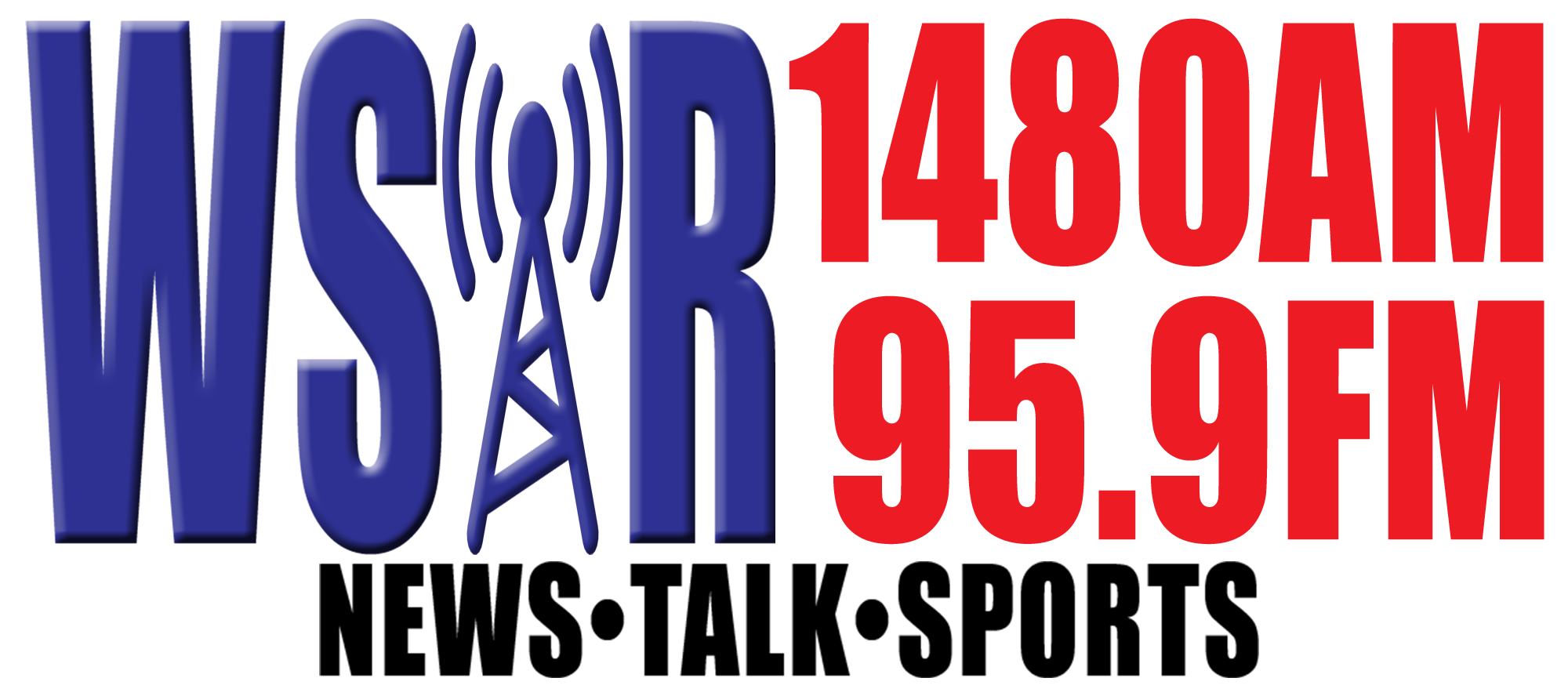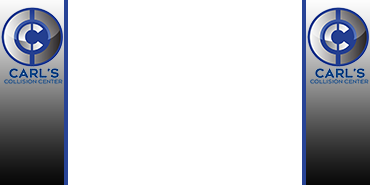These were the instructions given to Westport Voters prior to the vote Tuesday regarding the funding of the Westport share for a proposed new Diman Regional High School
POSTED ON: OCTOBER 25, 2022 - 1:22PM
Sample Ballot
A YES VOTE would allow the Town to use excluded debt to fund Westport’s portion of the new Diman School Project.
A NO VOTE means the Town cannot exclude or exempt the debt from the Tax Levy.
Shall the Town of Westport be allowed to exempt from the provisions of proposition two and one-half; so called, the amounts required to pay the Town’s allocable share of the bonds issued by the Greater Fall River Vocational School District School Committee for the purpose of paying costs of designing, engineering, constructing and equipping the new District high school and related athletic facilities located at 251 Stonehaven Road, in Fall River, Massachusetts including the payment of all costs incidental or related thereto?
Summary: At the Annual Town Meeting held on May 3, 2022, Westport voters approved borrowing for the town’s share of building a new $293,479,760 Diman Regional Vocational Technical High School building. The Massachusetts School Building Authority will reimburse the 79.77% of eligible, approved project costs and the balance will be paid by participating communities, including Westport. Between 80 and 110 Westport students attend Diman yearly.
Pursuant to the 1962 Regional School Agreement, Westport would be responsible for 5.3% of the non-reimbursable costs, estimated to be approximately 7.5 million dollars. A debt exclusion would allow the Town to use exempt of excluded debt to pay the Town’s share. It is estimated that the borrowing would increase yearly taxes by approximately $11.04 for every $100,000 of property value until the debt is paid.
Property Value Approximate Yearly Tax Increase
$100,000 $ 11.04
$200,000 $ 22.08
$300,000 $ 33.12
$400,000 $ 44.16
$500,000 $ 55.20
$1,000,000 $110.40
Voters approved the project and borrowing at the Annual Town Meeting held on May 3, 2022. Question 5 allows the Town to exempt or exclude the debt from the Tax Levy. If Question 5 is not approved by the voters, the debt would have to be funded from the Town’s operating budget or the question could be presented again at a future election.
What is a debt exclusion? A debt exclusion vote allows a town to raise tax revenue in addition to that generated under the Proposition 2½ levy. (The levy limit is the total overall amount any community is allowed to raise through taxation. Proposition 2½ limits the annual increase to 2.5% plus new growth plus increases in assessed value of property.)
These additional tax revenues pay for debt (principal and interest) borrowed for a specific purpose. In this way, a town can build a school or other building and not fund it from its existing revenues. In other words, a debt exclusion is a means of funding a particular project(s) with a temporary increase in the levy limit. The debt is excluded from (that is, exempt from) the levy limitations of Proposition 2½. Debt exclusion is a tool that towns use to show commitment for projects and willingness to support them financially.
How does a debt exclusion differ from an override? Both are Proposition 2½ questions and, in municipal finance language, both are technically overrides. However, there are some basic differences. While both will increase your property taxes, a debt exclusion is a temporary increase while an operating override is a permanent increase in the town’s tax levy limit. A debt exclusion finances a particular project(s) and your taxes increase for a period of time, to cover the cost of the project. When the financing bond is paid off, your tax increase for that project goes away.


